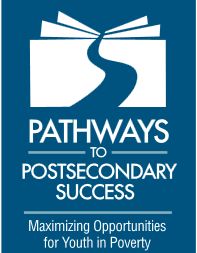Inside the Basic Skills Classroom: Student Experiences in Developmental Education

By Maria C. Malagon, Lluliana Alonso, Robin Nichole Johnson-Ahorlu, and Yen Ling Shek. The California Community Colleges (CCC) system is central to maintaining the state’s commitment to higher education access. Through its certificates, degrees, workforce programs, and transfer pathways, these institutions open the doors of higher education to all, serving more students than any other postsecondary education segment. But a large number of community college students arrive on campus underprepared and require some form of remediation before they are deemed ready for more advanced courses. And unfortunately, even though these courses provide a vital foundation for many students, those who place into basic skills courses are less likely to progress to college-level coursework and earn postsecondary credentials (Bailey, 2009; Grubb, 2013; Solórzano, Acevedo-Gil, & Santos, 2013). The Academic Senate for California Community Colleges (2009) defines basic skills as “those foundation skills in reading, writing, mathematics and English as a second language, as well as learning skills and study skills, which are necessary for students to succeed in college-level work” (p. 4). To determine whether they possess such skills, community college students take placement exams to measure their abilities in these core subject areas. Based on the results, they may be placed into course sequences designed to build basic skills. Once placed, they must complete these sequences before they are eligible to enroll in the college-level (or transfer-level) coursework that is required for an associate’s degree, transfer to a four-year university, or completion of some credential programs. Specific placement thresholds—or “cut scores”—vary by college, as do developmental course sequences (Melguizo, Bos, & Prather, 2011). Figure 1 presents examples of developmental course sequences in reading and mathematics.